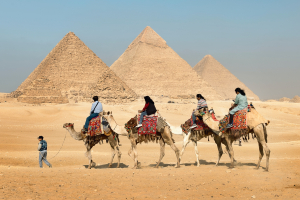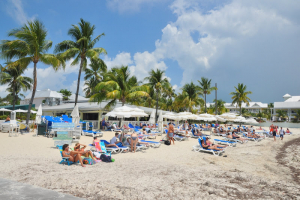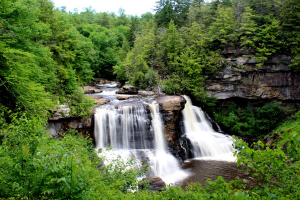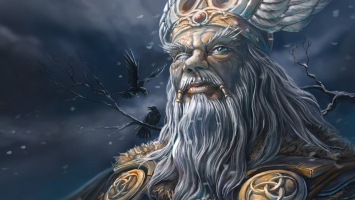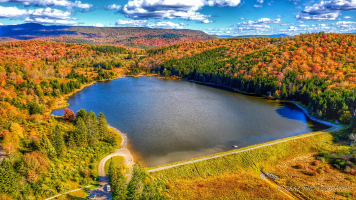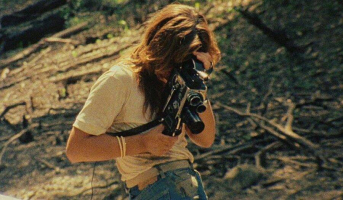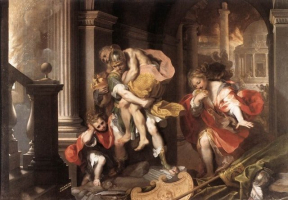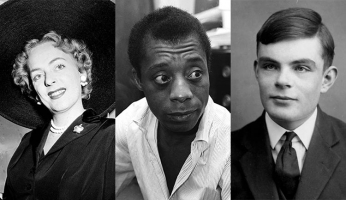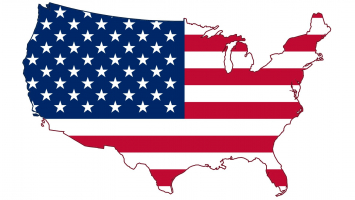Top 10 Old West Legends Who Went On To Fascinating Later Careers
The history of the American West and many of its iconic personalities are shrouded in myth. But many Western figures' eventual fates frequently diverge from ... read more...what is predicted by their fabled feats. Wyatt Earp and Bat Masterson, for instance, rose to reputation as gunslingers and gamblers before transitioning into the role of referee for heavyweight boxing contests. Others achieved fame after giving up their jobs as ranchers, hunters, or cowboys. A few went on to become writers, rodeo performers, actresses, or a combination of the three. One supported his political career by drawing on his western expertise and using it to propel him to the White House. Here are 10 Western individuals who used their experience to advance in other fields.
-
New York-born Theodore Roosevelt attended Harvard University and personified Eastern power and grandeur. Two days after his daughter was born, on February 14, 1884, his mother and his loving wife passed away in the same home. Roosevelt was devastated by the terrible occurrence. He headed west, as many Americans had done before him, to ease his sorrow. Roosevelt adopted the Western way of life after relocating to the North Dakota ranch he named Elkhorn.
Roosevelt praised ranching, camping, exploring, and hunting for the rest of his life. He contributed his energetic energy to the ranching life, described it in books and magazine pieces, and committed himself to its preservation. Among others, he made acquaintances with Pat Garrett and Bat Masterson. Teddy hunted bison, Bighorn sheep, grizzlies, elk, and other large animals while posing for pictures and being dressed up in Western attire.
Roosevelt eventually overcame his sorrow and went back to New York. After a lengthy political career, he was chosen to serve as William McKinley's vice president before taking over as president after McKinley was killed. He continued to extol the advantages of the American West and its inhabitants when he was in the White House. Roosevelt's assimilation of Western culture is still a significant part of his legacy more than a century after his passing in 1919.
- 26th President of the United States
Born: Theodore Roosevelt Jr., October 27, 1858 New York City, U.S.
Died: January 6, 1919 (aged 60) Oyster Bay, New York, U.S.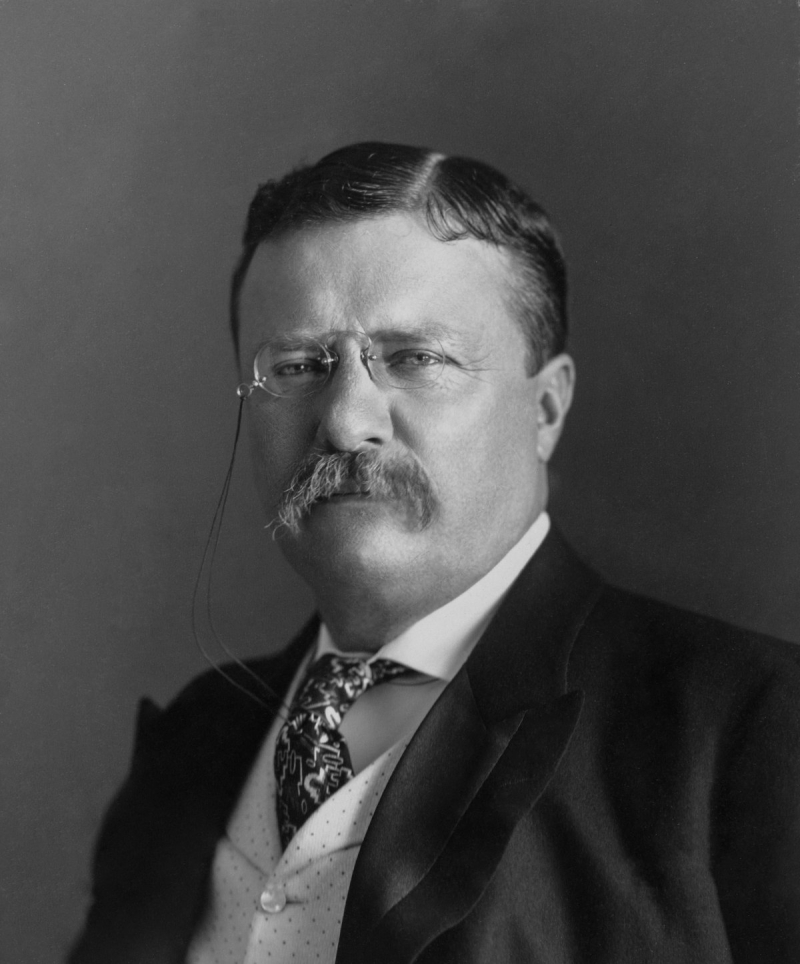
https://www.google.com 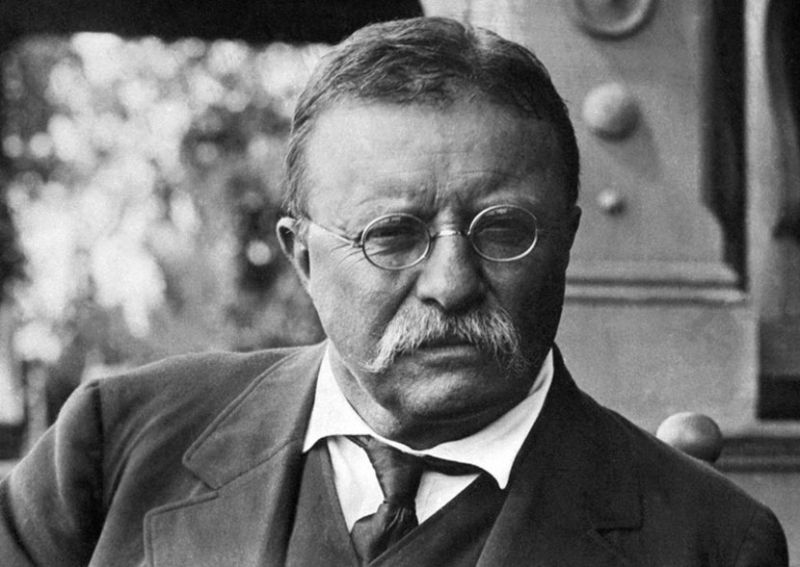
https://www.google.com/ - 26th President of the United States
-
Although Pat Garrett is famous for killing Billy the Kid, his real life is much more convoluted than the myth of the brave lawman who gets his officer. Like many Westerners, he held a variety of occupations during his lifespan. In addition to working on ranches, Garrett maintained a tavern, rented out his rifle, rode with the Texas Rangers (though only for a short time), and made investments in irrigation projects. The latter all fell short.
Garrett participated in multiple gunfights and the murder of several men, including Billy the Kid, while serving as a police officer. In all the numerous Western places where Garrett lived, his neighbors frequently suspected him of engaging in illegal activity. In the best Western style, Garrett inflated his own adventures. Garrett was assigned as the US Customs Agent at the port of El Paso, Texas, by President Theodore Roosevelt in 1901. Because of Garrett's notoriety, the appointment was met with opposition.
Garrett was unable to carry out the responsibilities of his position with even a modicum of professional competence. He got into physical altercations with workers, had confrontations in front of imports, and generally irritated Roosevelt. Garrett went to New Mexico after being replaced in 1906, where he was assassinated in 1908 for reasons that are still unanswered.
Born: Patrick Floyd Jarvis Garrett, June 5, 1850 Chambers County, Alabama
Died: February 29, 1908 (aged 57)Las Cruces, New Mexico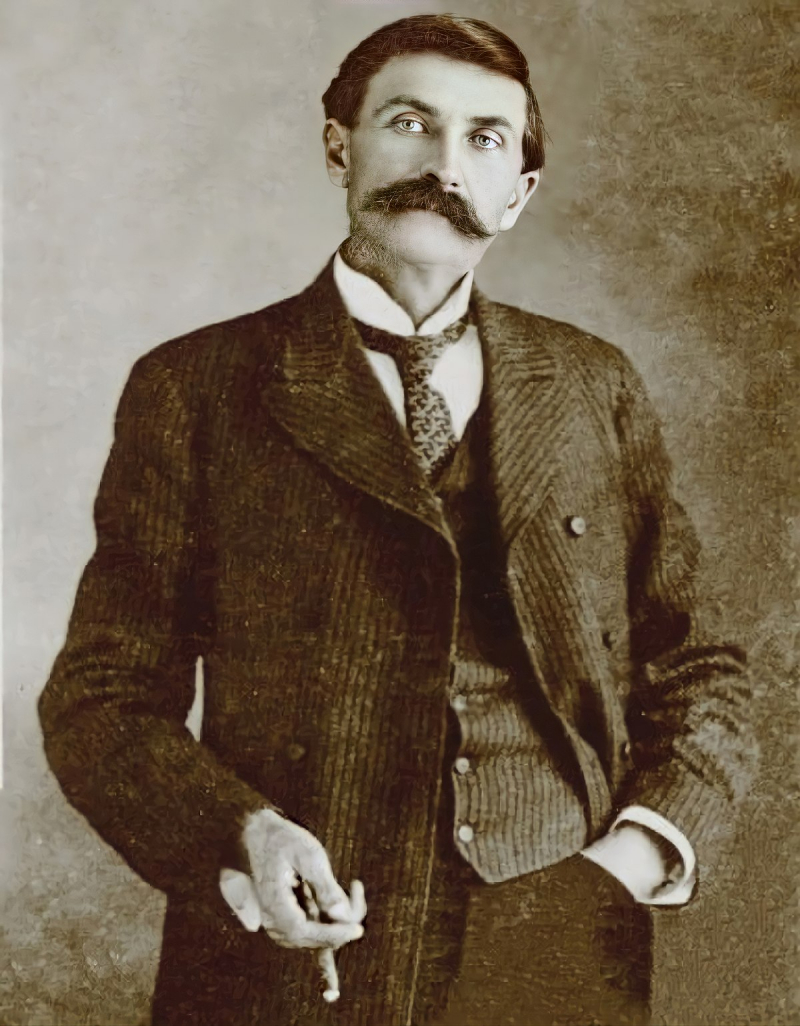
https://www.google.com/ 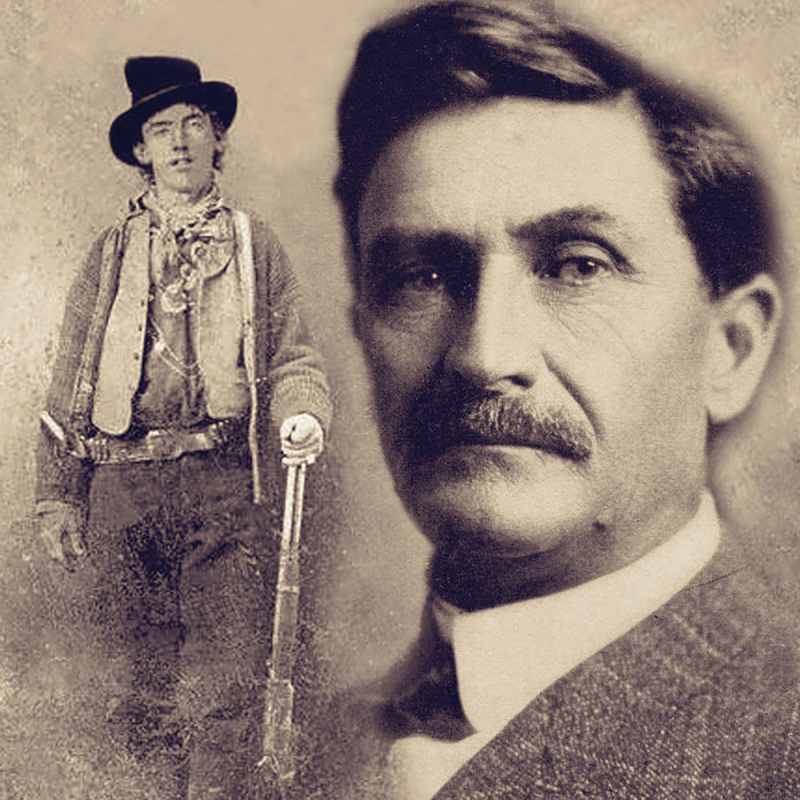
https://www.google.com/ -
According to some sources, George McJunkin was born into slavery in pre-Civil War Texas either in 1851 or 1856, depending on what is written on his headstone. He found work as a cowhand and rancher after the war. He learned to read and write while working cattle drives with the help of his fellow cowhands. He did a great job at teaching himself that he was recognized as an authority in the subject of archaeology.
McJunkin had a solid reputation as a skilled rancher and horseman by 1868. He relocated to New Mexico and took a job at the Crowfoot Ranch near Folsom as foreman. A terrible flood struck the Folsom area in 1908. McJunkin discovered petrified bison bones after the flood, together with clearly crafted flint arrowheads that are now referred to as Folsom Points. McJunkin tried for more than ten years to pique the attention of archaeologists to conduct an excavation at the site. He didn't achieve success until 1926.
With McJunkin's finding, it was proven that prehistoric humans had been present in the area for a much longer period of time than previously thought—nearly 10,000 years. Uncontestable evidence of human-made weaponry was found lodged in the fossilized remains of a creature that had been extinct during that time. It served as evidence that people lived and hunted in North America throughout the late Ice Age. McJunkin had passed away by the time the item was discovered and examined, but his contribution to science and Western mythology was recognized for what it revealed.
Born: 1856
Died: 1922
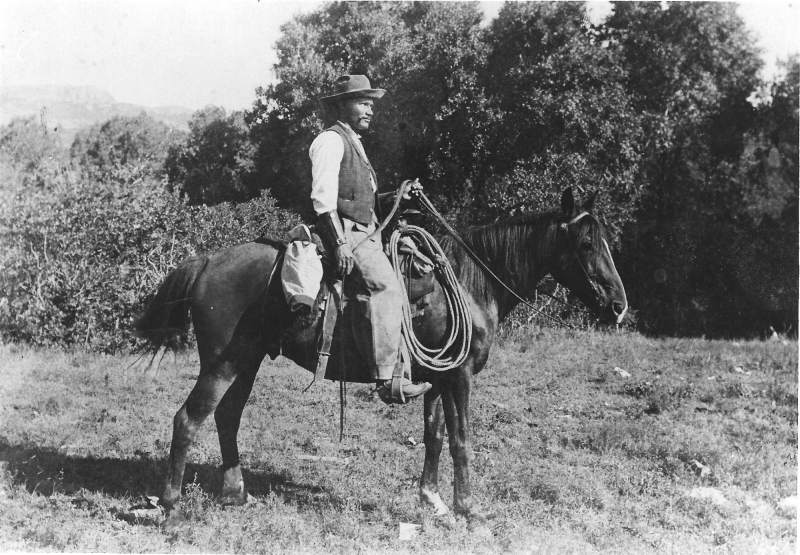
https://www.google.com/ 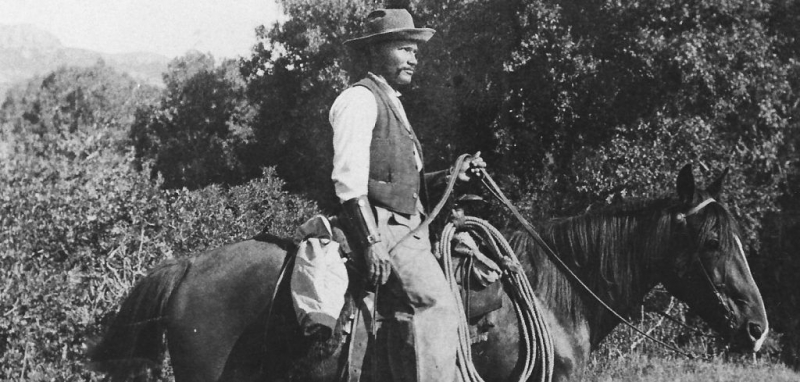
https://www.google.com -
The renowned American comedian Will Rogers was raised on a working ranch in the Indian Territory, where he was born. He relocated to Argentina in 1901 with the intention of establishing his own ranch in the pampas. He relocated to South Africa after that business collapsed, where he later claimed to have made a fortune by breaking horses for the British Army. There, he employed his trick-roping abilities to land a job with a circus. Rogers then relocated to Australia and another circus where he performed riding and rope stunts. He came back to the country in 1904.
Rogers attempted vaudeville after losing interest in ranching. He was a popular performer in New York before World War I, appearing in places like Madison Square Garden and the Florenz Ziegfeld-owned New Amsterdam Theatre. He quickly made his movie debut, playing relatively small roles during the silent movie era. He became famous once sound arrived. By 1935, 40 million people were reading his syndicated newspaper column, which was published every day. He also rose to prominence as a radio star.
In politics, entertainment, and social issues in America, Rogers rose to prominence. He promoted commercial aviation, making friends with Wiley Post and Charles Lindbergh along the way. When their aircraft crashed in August 1935, killing both of them, he was traveling with the latter. In the early 20th century, no other western figure enjoyed greater popularity or influence in America.
Born: William Penn Adair Rogers, November 4, 1879, Oologah, Indian Territory
Died: August 15, 1935 (aged 55)Point Barrow, Alaska Territory, U.S.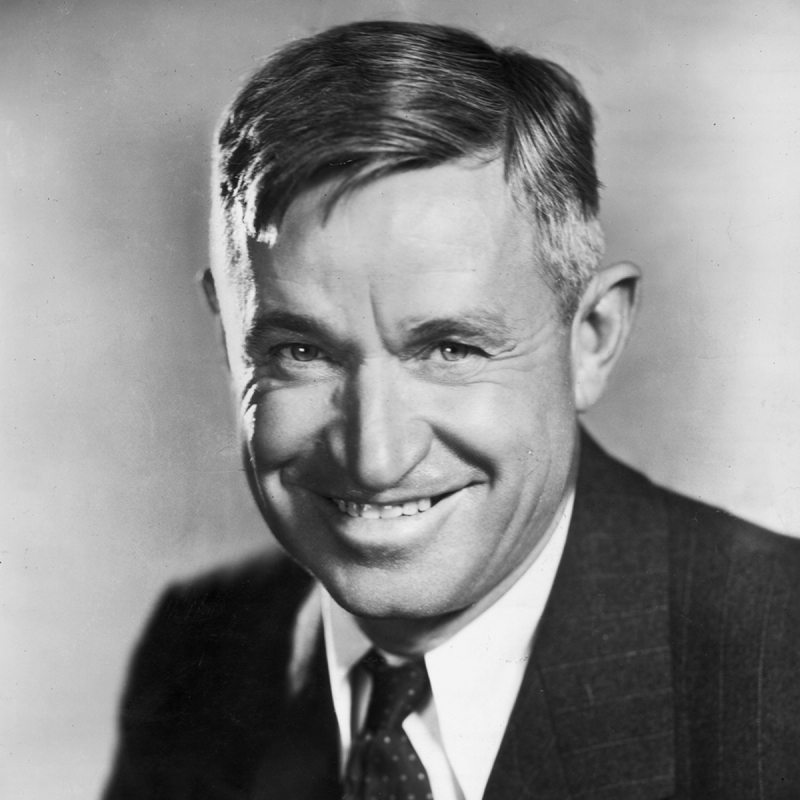
https://www.google.com 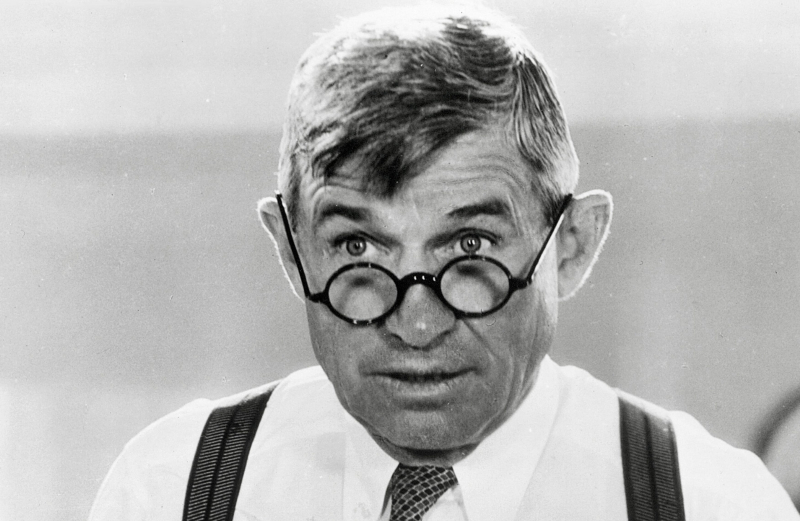
https://www.google.com -
On the family ranch outside of Vernal, Utah, Earl Bascom was born in a log cabin. His father rode in posses that hunted people like Butch Cassidy and his gang, among others. Earl spent part of his childhood living in both the United States and Canada as a rancher and cowhand. When a Canadian Mountie found him working as a cowhand at the age of 13, the authorities ordered him to go back to school.
While still in his teens, Bascom broke and shoed horses, rode on cattle drives across the majority of the American and Canadian West, and worked on ranches. He began performing on the American and Canadian rodeo circuit in 1916. He eventually finished school, earning his degree from Brigham Young University in 1940. Later, he achieved fame on a global scale as a painter and sculptor, specializing in the Western themes he was so familiar with.
Bascom contributed to the growth of rodeo as a contemporary sport by writing and publishing works of fiction and nonfiction that depicted the life of a rancher and cowboy. In the future, the cowboy who rode broncs and roped steers was elected a Fellow of the Royal Society of Arts in London. The Father of Modern Rodeo is how most people refer to him.Born: Earl Wesley Bascom, June 19, 1906 Vernal, Utah, United States
Died: August 28, 1995 (aged 89)Victorville, California, United States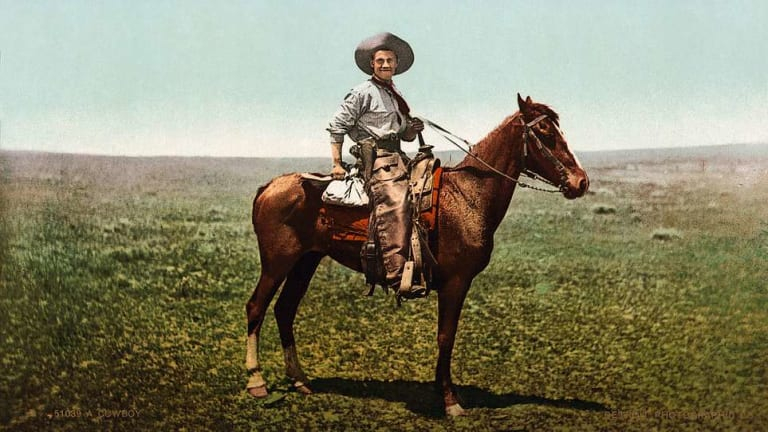
https://www.google.com 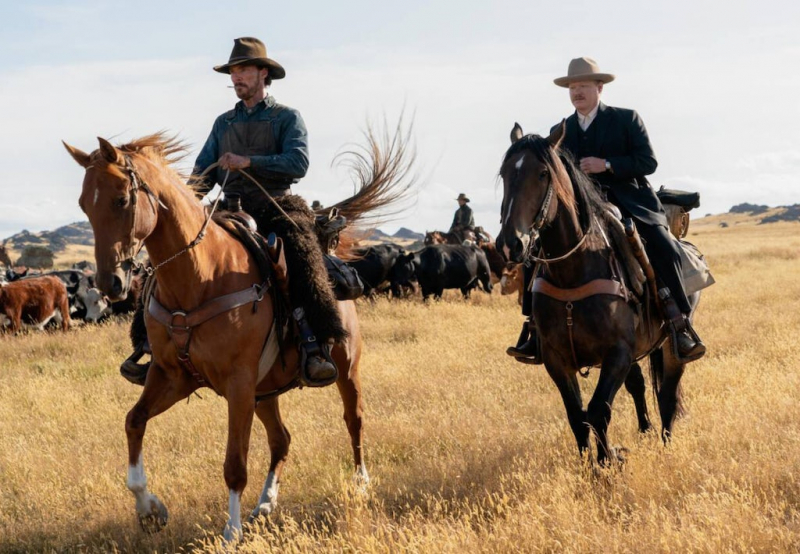
https://www.google.com -
John Hoxie, who was born in the Indian Territory that subsequently became the State of Oklahoma, spent the majority of his formative years in Idaho. He learned riding, shooting, and roping techniques while working as a cowhand and rancher. He joined Richard Stanley's traveling Wild West Show in 1909 because he was tired of the traditional western cowboy pursuits. He participated as a bronc rider.
He received a role in a short silent film after four years. Before assuming the role of Lightning Bryce in the serials in 1919, he made appearances in around three dozen of these movies. He rose to fame in the 1920s, won over audiences, and played dramatic roles—almost exclusively in westerns. He shared the stage with a number of celebrities, including Fay Wray, Hoot Gibson, and Rin Tin Tin.
In 1926's The Last Frontier, he was among the first actors to represent Buffalo Bill Cody on screen. He resumed performing in traveling rodeos and Wild West exhibitions in the 1930s and did so until the 1950s. The former cowboy gave up ranching to pursue a career in entertainment, which he did up until his retirement in 1959.
Born: John Hartford Hoxie, January 11, 1885 Kingfisher Creek, Indian Territory, (Oklahoma), U.S.
Died: March 28, 1965 (aged 80)Elkhart, Kansas, U.S.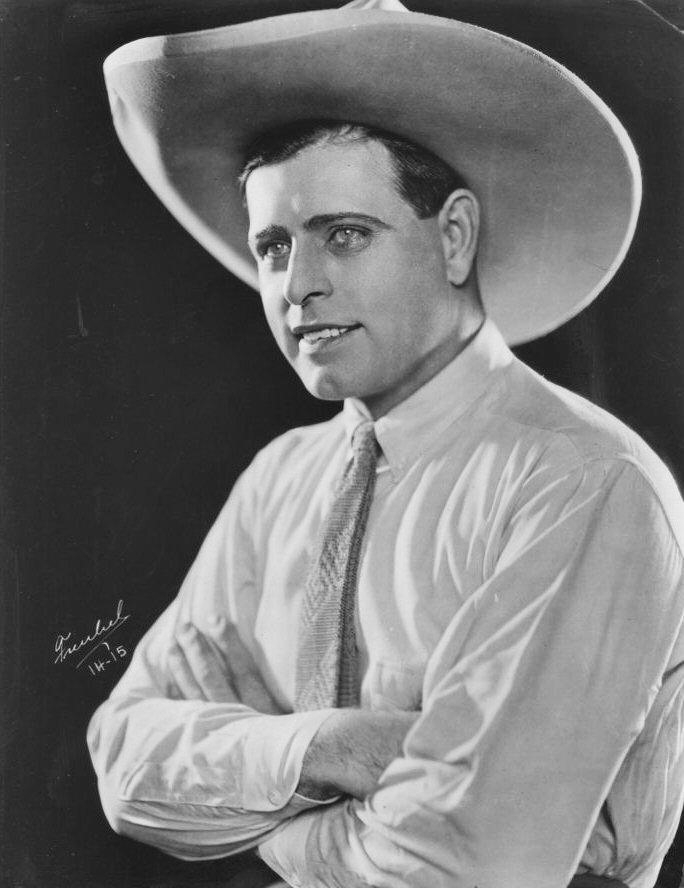
https://www.google.com 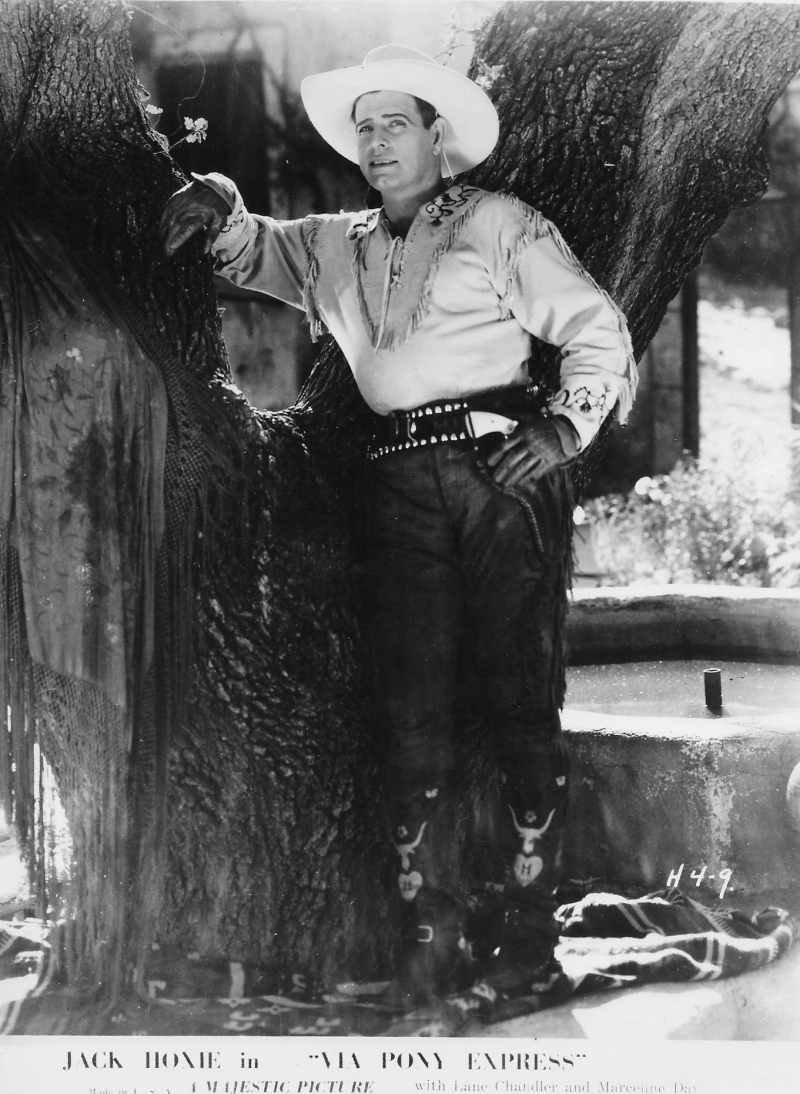
https://www.google.com -
Bat Masterson was another lawman in the West who also hunted buffalo and served as an army scout in the plains. He took part in a number of shootouts, both as a private citizen as a deputy sheriff in Dodge City, Kansas, about various issues. He was elected sheriff of Ford County, Kansas, in 1877. A well-known gunslinger and one of the most feared men in the west, Bat built a solid reputation for himself.
Bat, whose real name was Bartholomew, traveled around the West and made a name for himself there. He established Denver as his base of operations by the middle of the 1880s, working as a gambler and theater proprietor. He became a reputable authority on the sport of boxing due to his interest in it. He relocated to New York City in 1895 to work as a hired gun for George Gould, the infamous Jay Gould's son. The New York Morning Telegraph's sports column by Masterson was started there.
In the end, Masterson's column covered local and federal politics in addition to sports. He was selected by Theodore Roosevelt to serve as the deputy US marshal for Southern New York. For the remainder of his life, Masterson continued to write a column that ran three days per week. A newspaperman to the end, he passed away in 1921 while seated at his desk at the Morning Telegraph.
Born: November 26, 1853Henryville, Quebec, Canada East
Died: October 25, 1921 (aged 67)New York City, U.S.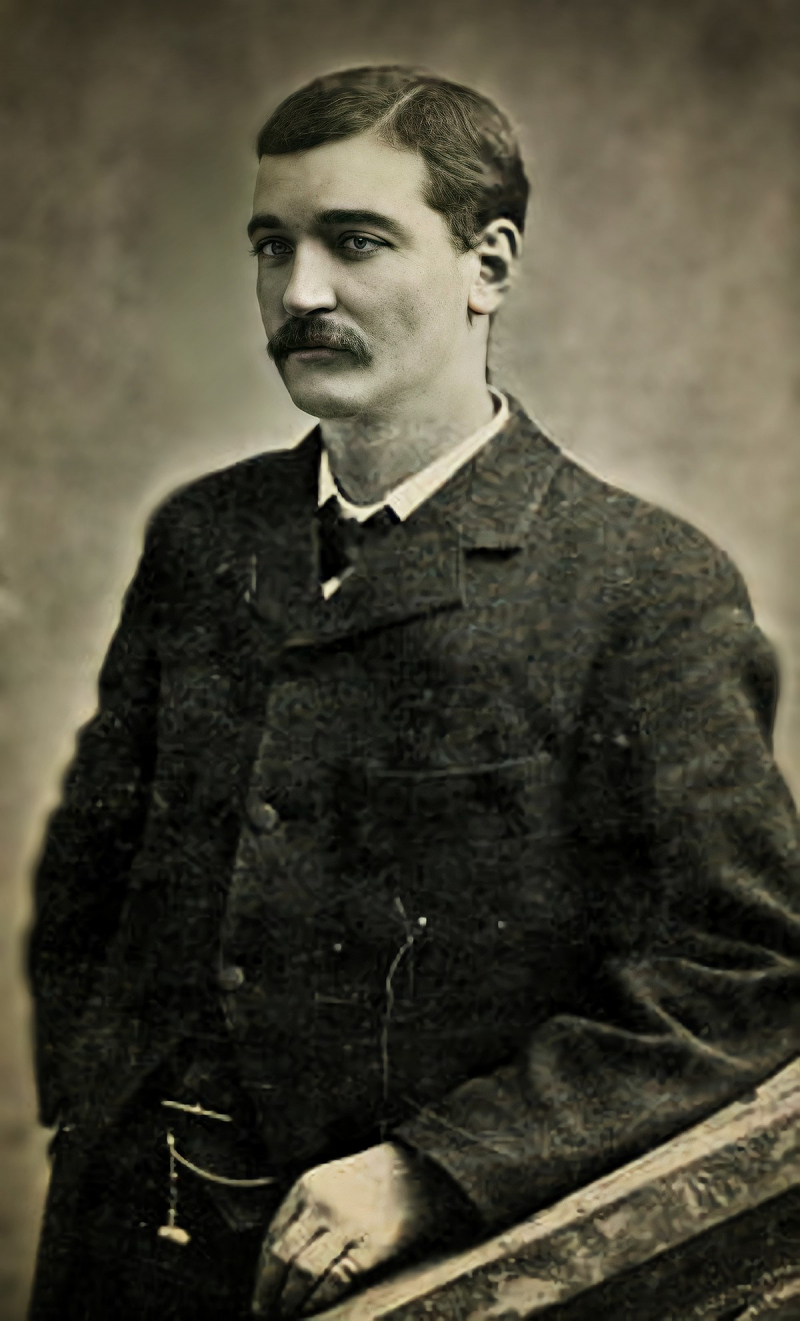
https://www.google.com 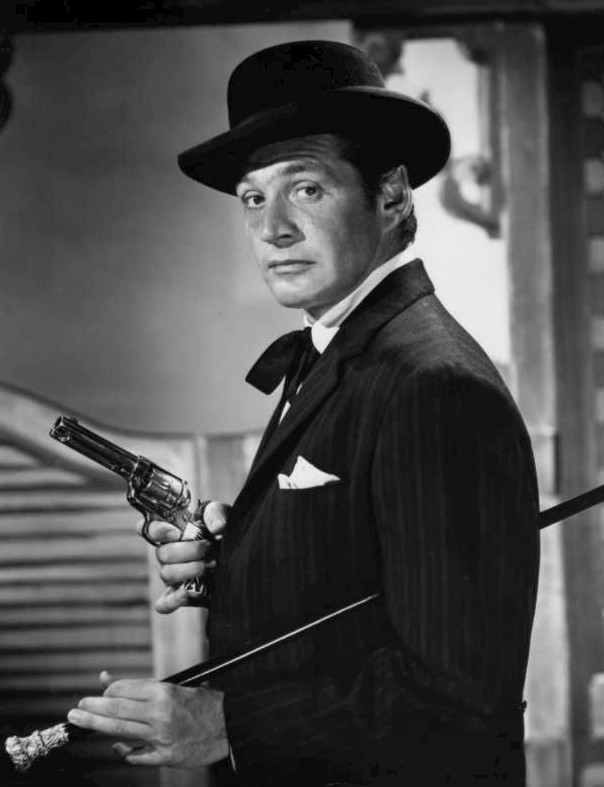
https://www.google.com -
Dodge City, Deadwood, and Tombstone are three American West towns with names that exude a certain panache. Wyatt Earp left his mark on all three in his roles as a lawman and a gambler. Earp, who is most known today for the gunfight at the OK Corral in Tombstone, repeatedly into afoul of the law. Throughout his lengthy and colorful life, allying with favorable interests helped him evade indictment countless times.
Earp travelled to California after the events in Tombstone and refereed a heavyweight boxing competition there, reportedly rigging the fight. He then traveled to Alaska, where the Gold Rush did not bring him wealth. He ran a saloon and made a vain attempt at mining in California. He lived in Los Angeles during the start of the 1920s and socialized with movie stars and directors there.
Earp was consulted on various western films during the silent era by a number of early western actors. However, during his lifetime, no one showed any interest in Earp's own story. Actors Tom Mix and William S. Hart carried his coffin when he passed away in 1929.
Born: Wyatt Berry Stapp Earp, March 19, 1848 Monmouth, Illinois, U.S.
Died: January 13, 1929 (aged 80)Los Angeles, California, U.S.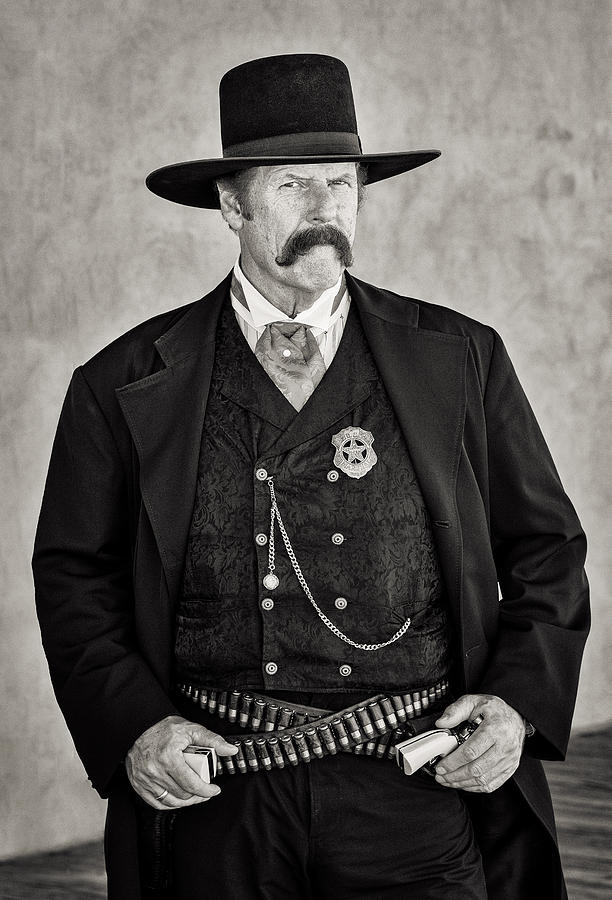
https://www.google.com 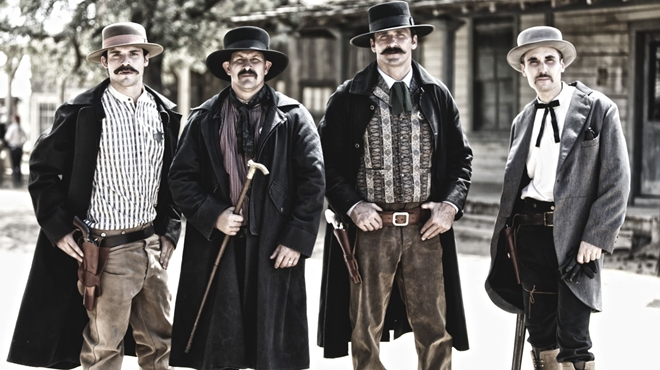
https://www.google.com -
Tom Mix, who was born and raised in a prosperous family in Pennsylvania, fought in the Spanish-American War before deserting after getting married. He was never detained or put on trial for his offense. He later held jobs in Oklahoma as a town marshal, a bartender, and ultimately a ranch worker. His company, The Miller Brothers 101 Ranch, was one of the biggest in the country and produced its own Wild West Show to compete with Buffalo Bill's (and others).
Mix discovered that he enjoyed performing more than labor-intensive ranching. He made his film debut in 1909, the first of nearly 300 that he would eventually feature in. Only nine of his performances were in "talkies," as they were then called, the majority of which were silent movies. Tom Mix had gained notoriety by 1920 and was well-known for pulling off his own feats while roping, shooting, and riding a horse.
Wyatt Earp's close pal Mix gained a reputation for being a lady's man and a tough negotiator. He was the first western hero on film and one of Hollywood's biggest stars in the budding film business, showcasing the abilities he learned on an Oklahoma ranch.Born: Thomas Hezikiah Mix, January 6, 1880Mix Run, Pennsylvania, United States
Died: October 12, 1940 (aged 60)Florence, Arizona, United States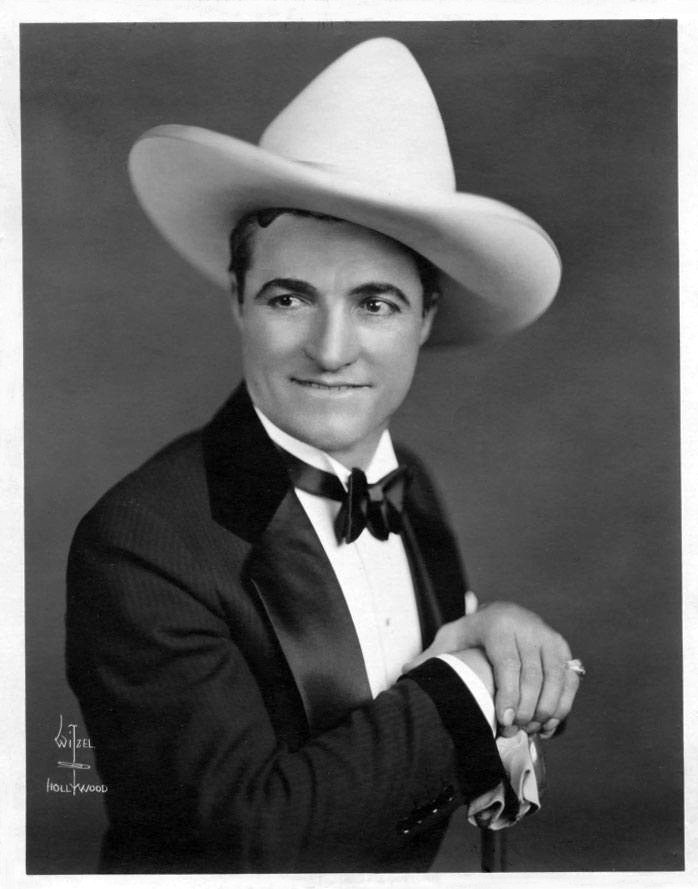
https://www.google.com 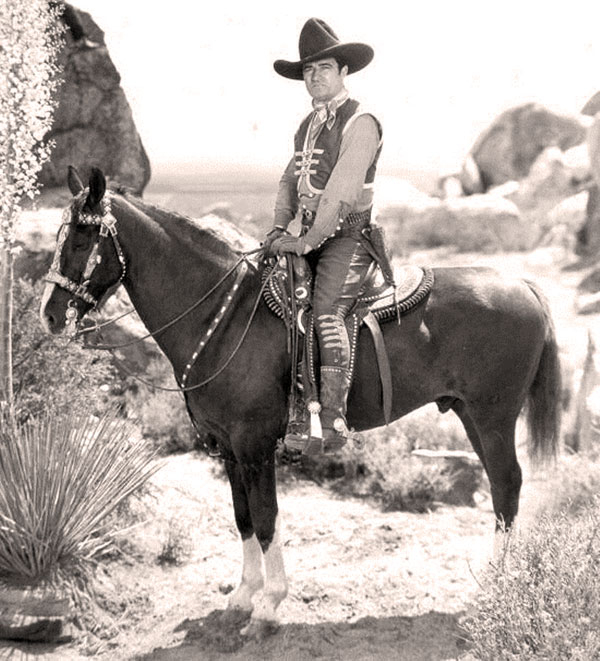
https://www.google.com -
When Ned Buntline's articles about Buffalo Bill Cody were published in the New York Weekly, the mythology of the cowboy officially began. Over time, Cody, whose real name was William Frederick Cody, asserted that he was 15 when he rode for the Pony Express. Cody recounted hundreds of miles of travels while confronting multiple dangers in his many stories about his adventures as an Express rider. In truth, he delivered messages from the home office to a telegraph station, a trip of around three miles, while working for the business that controlled the Pony Express. Most of his personal history is marked by these contradictions.
He received the Medal of Honor while a scout, which was later taken away and reinstated in 1989. After agreeing to supply buffalo meat to the Kansas Pacific Railroad, he earned his moniker. Over 4,000 bison, he claimed, had been slaughtered during the course of the 18-month contract. He began his stage career at the age of 26. His first traveling company, the Buffalo Bill Combination, was established in 1874. From that point on, he promoted himself and his legend by appearing in touring western exhibitions.
By 1893, he was well-known not only in the United States but also in Europe. His traveling extravaganzas featured Sitting Bull and other well-known Native Americans, as well as reenactments of Custer's Last Stand and other Western legends. He made a fortune, gave performances across Europe and later before King Edward VII. He was an expert performer who made his own legend, and he was unmatched when it came to self-promotion.
Born: William Frederick Cody, February 26, 1846Le Claire, Iowa Territory, U.S.
Died: January 10, 1917 (aged 70)Denver, Colorado, U.S.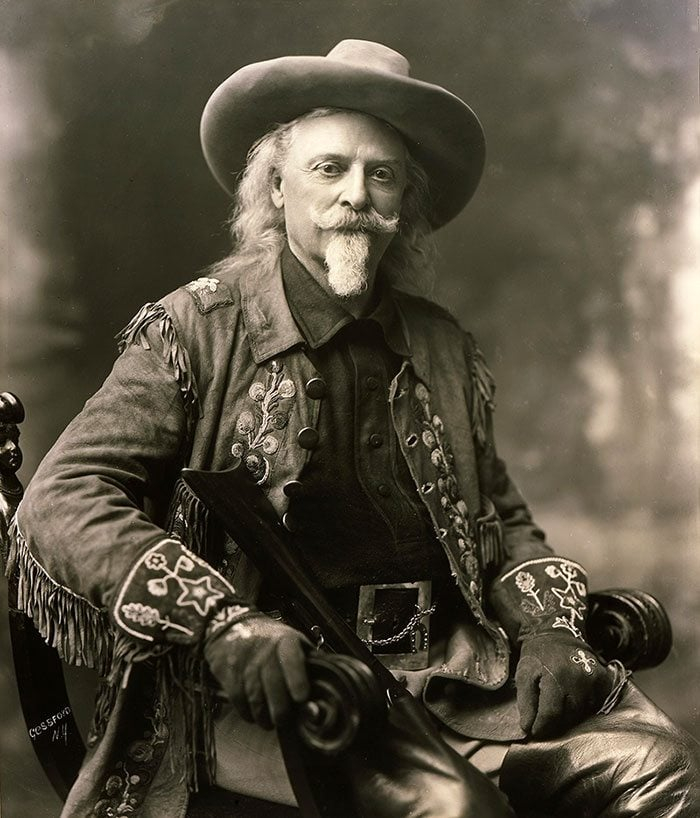
https://www.google.com 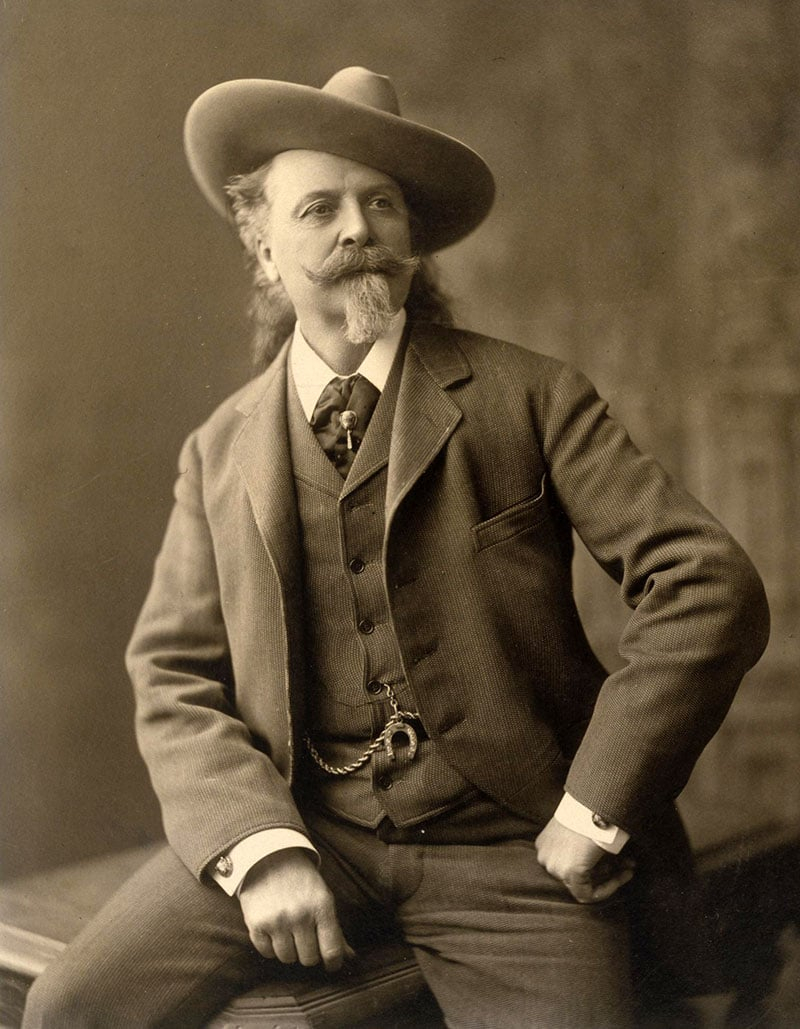
https://www.google.com












